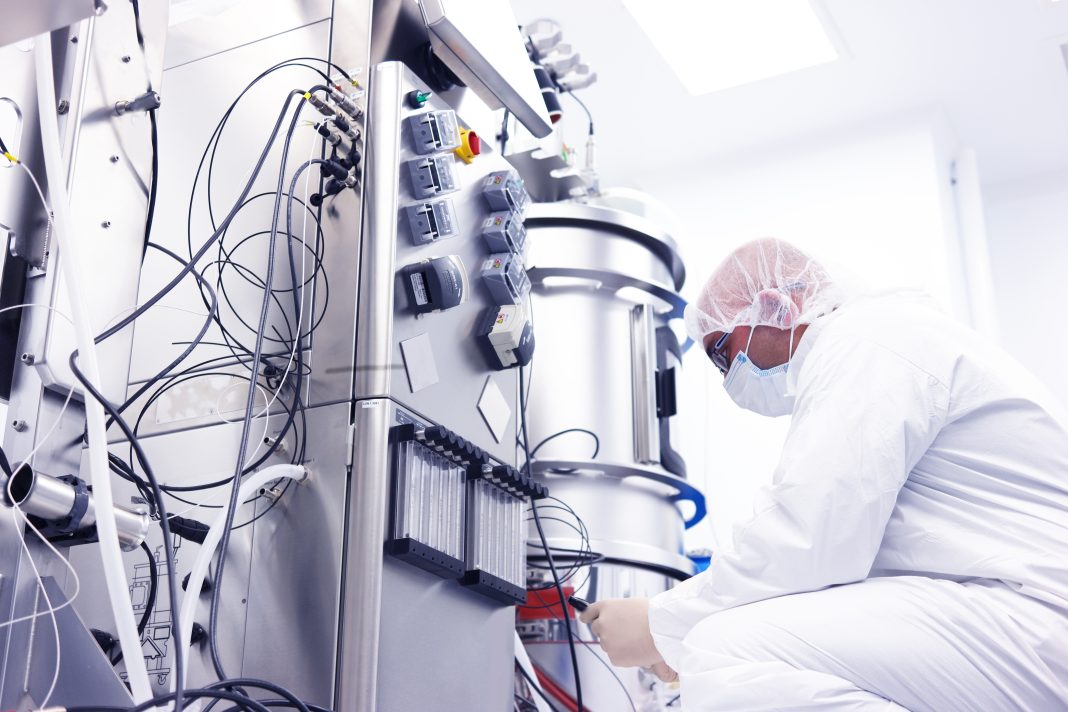Although bioprocessing often focuses on cells, everything must stay clean—not just ordinary clean but sterilized. To explore the scope of this challenge, talked with Alice Redmond, chief strategy officer at CAI, which recently partnered with Fedegari Group to provide high-performance sterilization systems. “The sterilization challenge for bioprocessors primarily revolves around ensuring that all bioprocessing equipment and products are free from any microbial contamination and endotoxins,” says Redmond.
“This is crucial because even a small level of contamination can compromise the safety and efficacy of the bioproducts, such as pharmaceuticals, and can lead to serious health risks for patients.” According to Redmond, bioprocessors face three key challenges in sterilization. First, she says, “Manufacturers need to consider sterilization during the design process of bioprocessing equipment to facilitate easier and more effective cleaning and sterilization.

” Next, risk assessment must be considered. Here, she notes that revisions to the and “highlight the issues that pharma needs to address.” In addition, human error must be avoided.
“The manufacture of aseptic products requires human intervention and good aseptic practices,” Redmond points out. “Many of the warning letters issued by the FDA site poor aseptic practices and understanding as the root cause of sterilization issues.” Although Redmond states that “achieving complete sterilization of compl.























